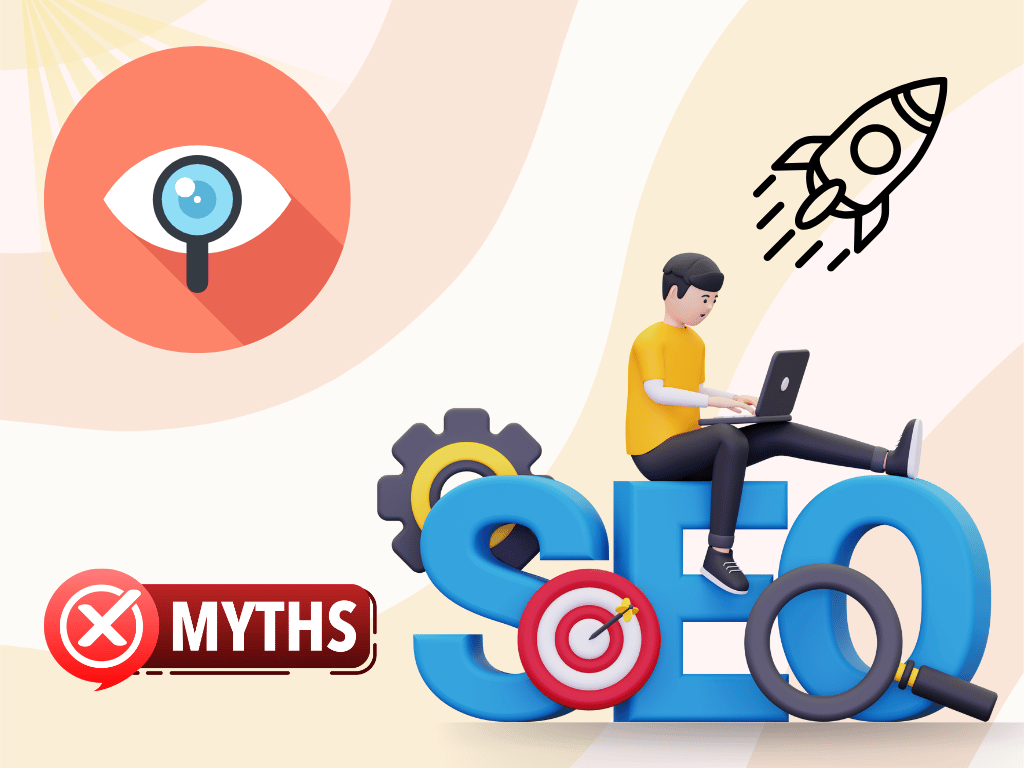
Search Engine Optimization (SEO) is a critical aspect of digital marketing, but it’s also an area plagued by myths and misconceptions. With algorithms evolving constantly, what worked yesterday might not work tomorrow. As we step into 2025, it’s time to debunk some common SEO myths and highlight strategies that actually drive results.
Myth #1: Keyword Stuffing Boosts Rankings
The Reality: Gone are the days when stuffing your content with keywords could manipulate search rankings. Modern algorithms, like Google’s BERT and MUM, prioritize context and relevance over keyword density.
What Works: Focus on creating high-quality, user-focused content that naturally incorporates keywords. Use semantic SEO techniques, such as related phrases and synonyms, to enhance content relevance.
Pro Tip: Use tools like Google’s Keyword Planner or SEMrush to identify intent-driven keywords and integrate them seamlessly into your content.
Myth #2: Backlinks Are All That Matter
The Reality: While backlinks remain a significant ranking factor, their quality far outweighs their quantity. Spammy or irrelevant backlinks can harm your site’s reputation.
What Works: Build relationships with authoritative sites in your niche to earn high-quality backlinks. Guest blogging, creating shareable infographics, and earning press mentions are effective strategies.
Pro Tip: Regularly audit your backlink profile using tools like Ahrefs or Moz to disavow harmful links.
Myth #3: Social Signals Directly Influence SEO
The Reality: Google has explicitly stated that social media likes, shares, and comments do not directly affect rankings. However, social media can indirectly impact SEO.
What Works: Use social media to amplify content reach, drive traffic, and increase brand visibility. Engaged visitors are more likely to share your content and link to it, improving its SEO performance.
Pro Tip: Include social sharing buttons on your blog posts to encourage content distribution.
Myth #4: SEO Is a One-Time Task
The Reality: SEO is not a set-it-and-forget-it strategy. Search algorithms and user behaviors evolve, requiring ongoing optimization.
What Works: Conduct regular audits to update outdated content, improve site speed, and address technical issues. Stay informed about algorithm updates and adapt your strategy accordingly.
Pro Tip: Schedule quarterly SEO reviews to keep your website in top shape.
Myth #5: Long-Form Content Always Ranks Better
The Reality: While long-form content can perform well, it’s not a guarantee for higher rankings. The key is providing value, regardless of content length.
What Works: Focus on answering user queries thoroughly and effectively. Use tools like People Also Ask and AnswerThePublic to understand common questions in your niche.
Pro Tip: Break up long-form content with subheadings, bullet points, and visuals to enhance readability.
Myth #6: Exact Match Domains (EMDs) Guarantee Rankings
The Reality: Having a keyword-rich domain name might have helped in the past, but today it’s the overall quality of your site that matters.
What Works: Choose a domain name that aligns with your brand identity and invest in creating valuable content and a strong user experience.
Pro Tip: Prioritize a secure, mobile-friendly website with fast loading speeds.
Myth #7: Paid Ads Improve Organic Rankings
The Reality: Running Google Ads does not influence organic rankings. Paid and organic searches operate independently within Google’s ecosystem.
What Works: Use paid ads to complement your SEO efforts by driving immediate traffic while waiting for organic results to materialize.
Pro Tip: Leverage remarketing campaigns to re-engage visitors who came through organic search but didn’t convert.
What Really Works in 2025?
- User Experience (UX): Ensure your site is mobile-friendly, fast-loading, and easy to navigate.
- Voice Search Optimization: With the rise of smart assistants, optimize for conversational queries and long-tail keywords.
- AI-Driven SEO: Use AI tools like ChatGPT for content ideation and optimization.
- Core Web Vitals: Focus on metrics like Largest Contentful Paint (LCP) and Cumulative Layout Shift (CLS) to meet Google’s user-centric ranking criteria.
Localized SEO: Leverage Google My Business, localized keywords, and reviews to dominate local search results.
